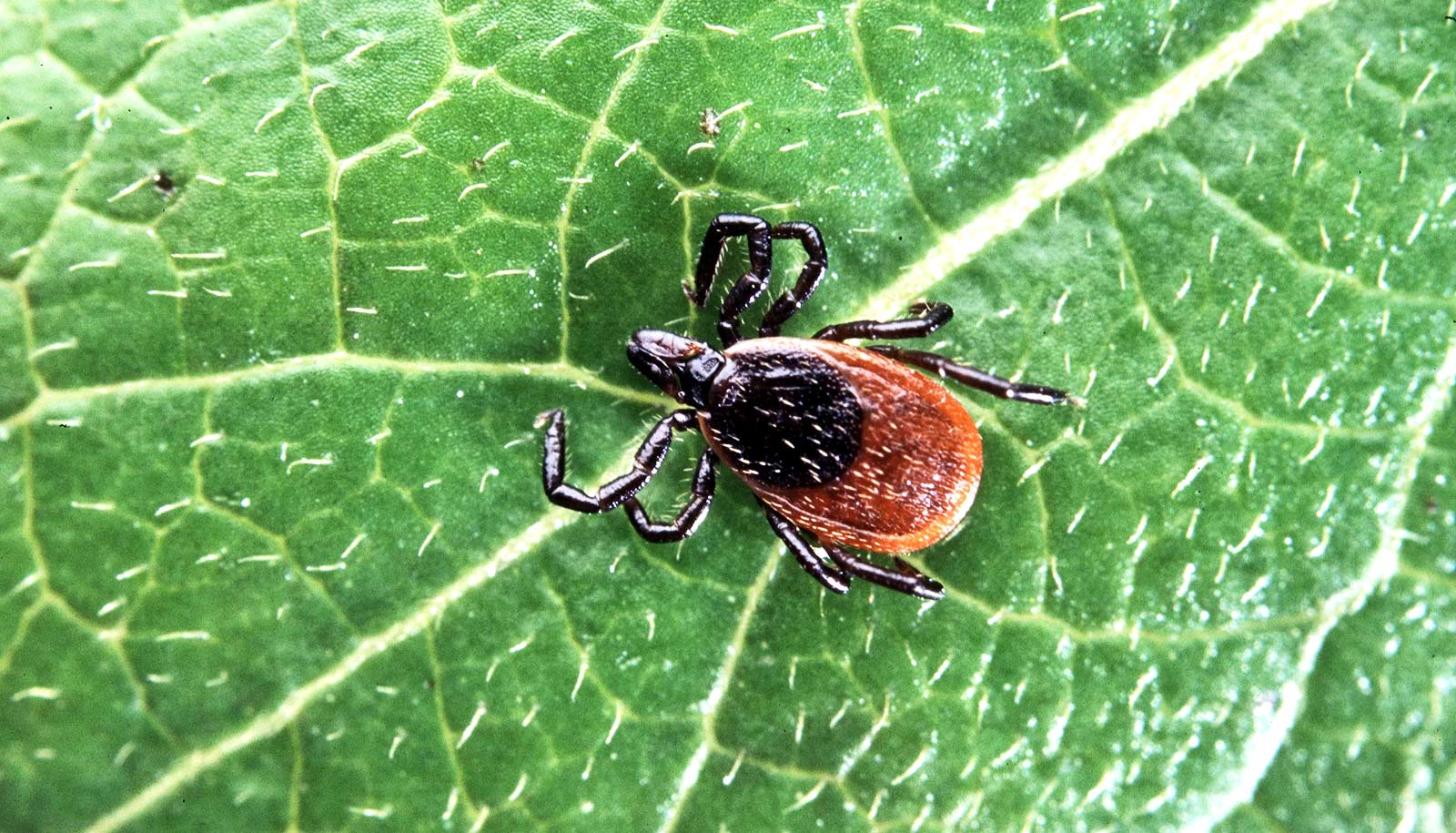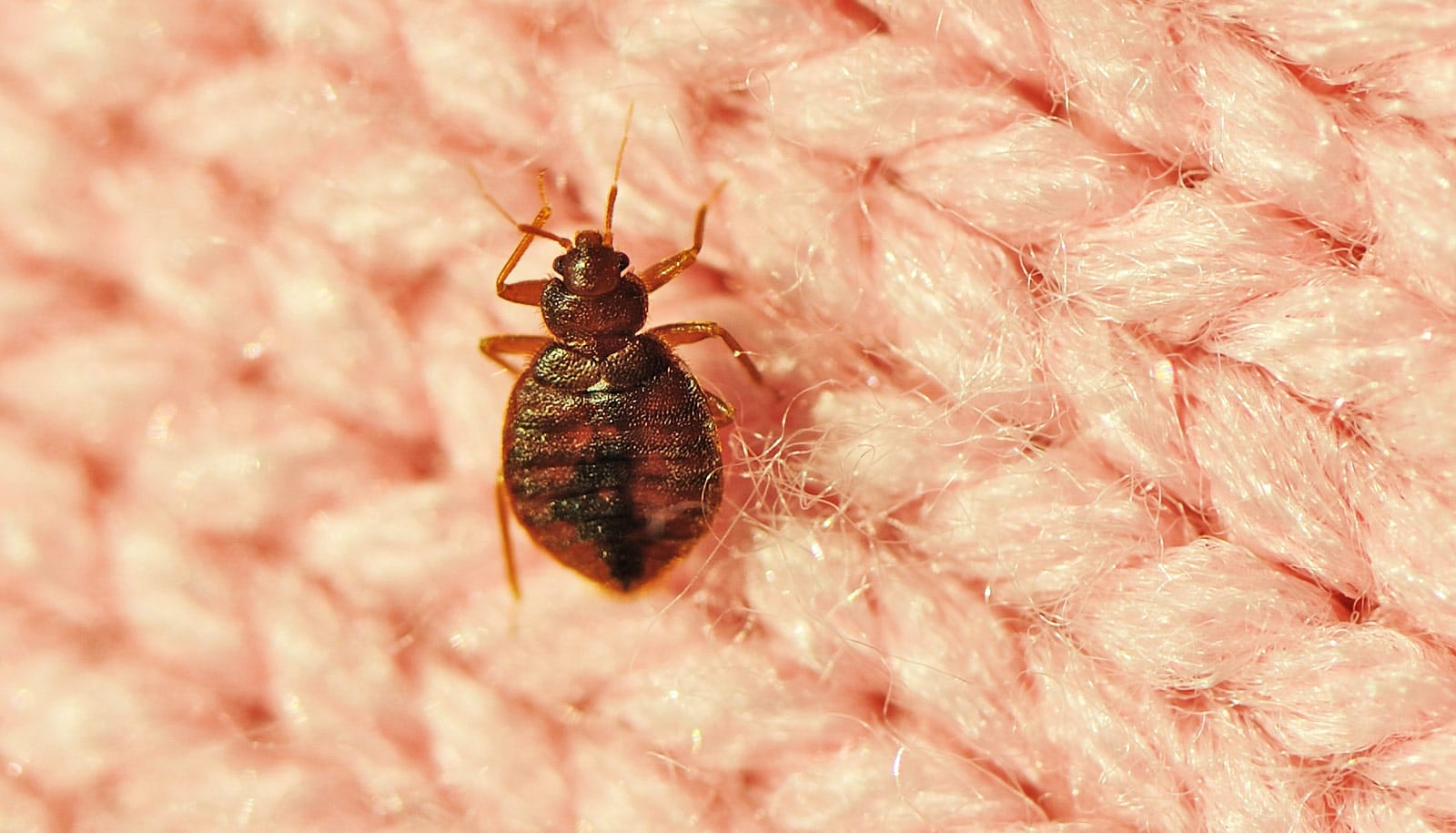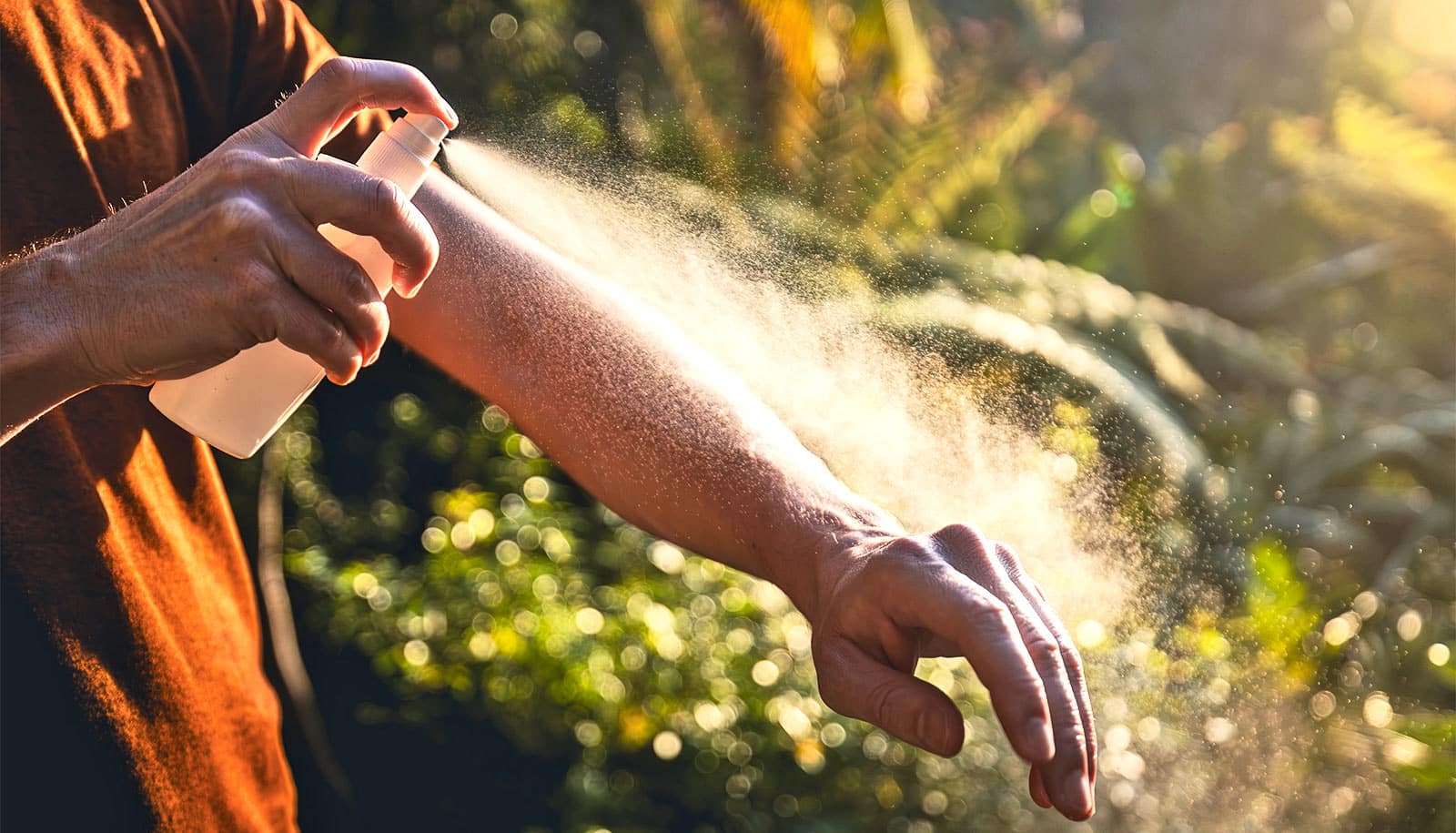Cases of disease from ticks, fleas, and mosquitoes have more than tripled nationwide, growing from 27,388 cases in 2004 to 96,075 cases in 2016, according to a new report from the Centers for Disease Control.
Tamar Barlam, interim chief of the Section of Infectious Disease at Boston Medical Center and associate professor at the School of Medicine at Boston University, talked about the spike in diseases such as Lyme disease and how to protect yourself this summer.
The CDC reported last week that the cases of disease from ticks, fleas, and mosquitoes have more than tripled nationwide. Has your team seen more cases of tick-borne disease?
Yes. I haven’t sat down and actually counted our numbers, but what we have really noticed is that cases seem to be coming in more months of the year. It used to be pretty reliably the summer or the late spring. But this year, for example, we were having cases in October, November, and we had a case in March.
Is this because of warmer, earlier springs; later summers; and warmer weather altogether?
I think the CDC was careful not to just say, “Oh, it’s climate change.” But the seasons seem to be a little bit less classic, if you will. The fall and spring have kind of disappeared in many ways—last year we were very hot in the fall for a very long time before we got frigid cold.
So I think it is climate, I think it’s the animals (more deer around for Lyme disease, for example), but I think it’s also where we put public health dollars, and having to reprioritize vector control.
Other than Lyme, what else do ticks carry?
The three big ones in this area are Lyme disease, which is by far the most common; then anaplasmosis, which is increasing; and then babesiosis, which is a malaria-like organism.
Do you see any cases of mosquito-borne disease?
Very, very few. Every summer there’s the concern about eastern equine encephalitis. Those often will make it to the news, because that can be a very debilitating or fatal disease. And that’s transmitted by mosquito. West Nile is another, which is kind of spread throughout the US.
But when you look at just the volume of cases, it’s definitely tick.
Where are you most likely to pick up a tick? Grassy fields? Woods?
It’s the very wooded areas with a lot of deer and the little field mice. Cape Cod has been a pretty endemic area, and then into Rhode Island, Block Island, and then all the coastal communities.
But I don’t rule out Lyme if I’m evaluating somebody just because they don’t give me the “right” history. You’re definitely going to have cases of Lyme where it turns out that a neighbor had a dog that was running around in the tall grass on a walk.
What should people do to protect themselves from ticks?
It’s all about the exposed areas. So even though it’s warm, if you can wear some light clothing that covers your ankles and your arms, that’s good. There’s also repellent sprays and permethrin. That’s good for both ticks and mosquitoes.
So if people have been out at a picnic or something, when they come home, they should do a tick check?
Yes, especially if it’s really in a wooded area. But the ticks don’t just attach and then you get a disease. They have to feed for quite a long time, like a day.
So if you come home and there’s a tick, you don’t need to freak out.
You definitely should not freak out.
How do you get a tick off if you have one? And when should you call a doctor?
Carefully! With fine-tipped tweezers. You want to grasp the tick as close to the skin as possible, and make sure you don’t leave the proboscis in.
You shouldn’t call a doctor because you see a tick. With Lyme, one thing that is classic—which doesn’t happen with every person—is a red rash that starts to spread; then it starts to lose color in the center. But sometimes it can just look like a red spot.
Other symptoms are fatigue, fever, muscle aches and pains, headache; very nonspecific. So the early stage, the initial one, is just usually this one spot that can spread a little, and pale in the center. But then the organism that causes Lyme, it disseminates, and it can cause multiple little lesions and more systemic and severe symptoms.
Do the other tick-borne diseases have similar symptoms?
Anaplasmosis and babesiosis usually don’t cause a rash. They’re all associated with fever and malaise and just not feeling well, and then they’ll separate out into different syndromes.
These symptoms sound like they could be anything. It must be hard to diagnose.
Yes, it starts vague. So depending on when they present, the tick history can be very, very important.
You said you’ve been seeing cases over a longer part of the year. Do you expect that trend to continue?
I think so. Additional resources for vector control should help, but other environmental factors aren’t going away.
Source: Boston University



